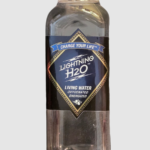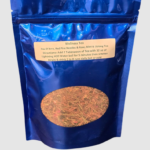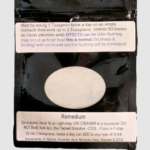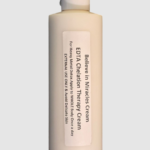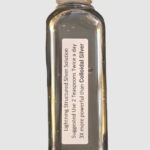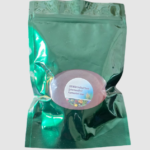In today’s fast-paced world, where stress and health concerns are rampant, it’s heartening to know that something as simple and natural as a hug or cuddle can have profound health benefits. These benefits are lower cholesterol levels, greater immunity, and an extended lifespan. While the pharmaceutical industry rakes in billions from cholesterol-lowering drugs, evidence suggests that physical affection might be a more effective and enjoyable alternative.
Cholesterol-lowering drugs, a staple of modern medicine, generate over $2 billion annually for pharmaceutical companies. Despite their popularity, these drugs come with a slew of side effects, including liver damage, decreased libido, erectile dysfunction, constipation, headache, diarrhea, and gas. Moreover, they have been linked to an increase in episodic mental disorders such as depression and anxiety, with studies indicating a higher rate of suicide among Americans taking these medications. International studies further support these findings, revealing higher death rates among middle-aged men on cholesterol-lowering medicines, often accompanied by increased mental health issues and violent deaths.
Interestingly, a study from the 1970s conducted by New Zealand’s Dr. Robert Nerem sheds light on the potential of physical affection to combat high cholesterol. In this study, rabbits fed a high-cholesterol diet exhibited severe health symptoms, except for one group. This exceptional group, which had 60% fewer symptoms, was handled by caretakers who petted and coddled them before feeding. This simple act of affection gave the rabbits a remarkable immunity against the otherwise harmful diet.
The importance of physical touch extends beyond cholesterol management. For nearly 80 years, it has been known that primate and human babies require physical contact to survive and thrive. In hospitals and orphanages, abandoned babies who lacked physical affection were deemed unlikely to survive. However, those in facilities with loving and caring staff survived and thrived. This phenomenon highlights the crucial role of tender physical touch in early development.
Modern medical practices have adopted this understanding, particularly in neonatal care. Babies in incubators who receive regular caresses and cuddles show increased survivability and gain weight faster than those who do not receive such attention. This practice underscores the transformative power of touch, extending its benefits to even the youngest and most vulnerable among us.
In conclusion, while pharmaceutical solutions to health issues are often the norm, the power of physical affection should not be underestimated. Hugs and cuddles offer a natural, side-effect-free way to improve health and well-being. Embracing this simple act of love could lead to lower cholesterol, more excellent immunity, and a longer, healthier life. So, next time you think about improving your health, consider the healing power of a hug.
References
Cholesterol-Lowering Drugs and Side Effects
Mental Health Impact of Cholesterol Medications
Social environment as a factor in diet-induced atherosclerosis
Importance of Physical Touch in Early Development
Neonatal Care and Physical Affection



